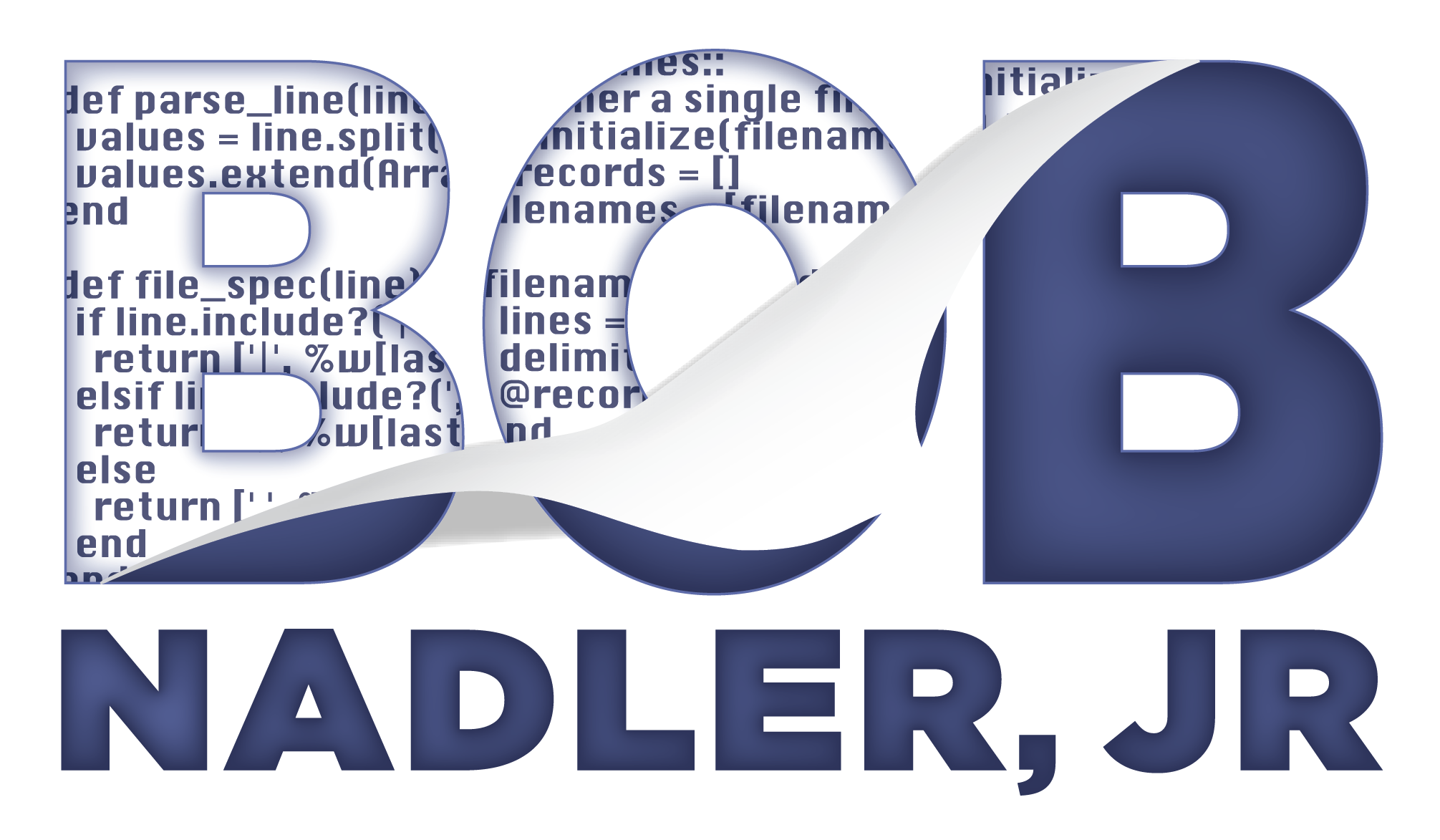
Over the years I've participated my fair share of daily stand-up meetings. The ones I hate the most are where someone (usually a manager) reads a list of tasks, asking about each one. These type of stand-up meetings tend to drag on for an hour or more (especially if they're conducted over Skype or Zoom).
The purpose of daily stand-up meeting is to coordinate work, not communicate status. Status is best communicated through whatever project tracking tool you're using, or even better, through an informative workspace.
The problem that I frequently see crop up is that people have a tendency to treat the Daily Scrum as simply individual reporting.
The approach I prefer to conducting a stand-up is based on James Shore's "walk the board" model. It consists of four steps.
Walk the Board
Start by having team members go through stories on the task board one by one. In the beginning, when a team is first formed, it might be useful to appoint a facilitator. As the team begins to gel they can do away with that role. Some mistakes that I see people make in this area is that either they go through tasks instead of stories, or they go through all the stories, including the backlog. In order to keep things brief, only go through the current iteration's stories. If you're not using iterations, limit this to the stories that are currently in progress.
Focus on Completion
Take a minute or two to focus on any blockers. If you're using iterations, check the team's progress against the iteration commitment.
Choose Tasks
The team can now decide what to do next. This is where the coordination should happen and will most likely be the bulk of the stand-up time.
Take Detailed Conversations Offline
Any in-depth conversations can happen after stand-up. This way anyone who does not need to participate can leave. I usually reserve some extra time after stand-up (either on the conference room calendar, or something like Zoom for remote meetings) for these offline conversations. This way the team will not be interrupted or have to find a new space. For example, I might schedule a Zoom call for stand-up every day from 10:00am to 10:30am. The first five minutes are for stand-up and the last twenty-five are for the detailed conversations.
